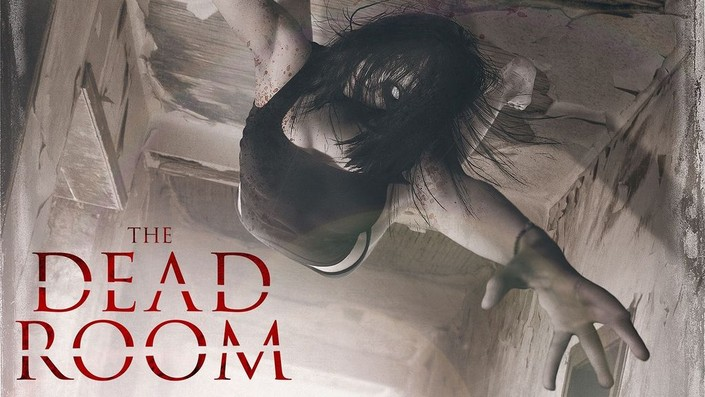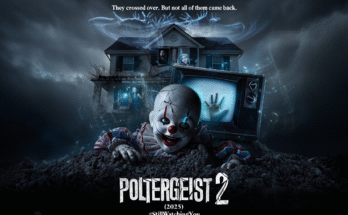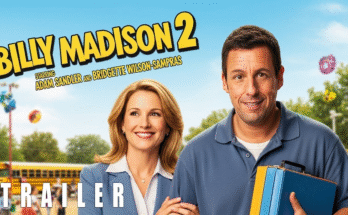Some houses whisper. This one listens. The Dead Room takes the classic haunted-house formula and distills it to its barest, most unnerving essence — three people, one farmhouse, and a silence so thick it feels alive.
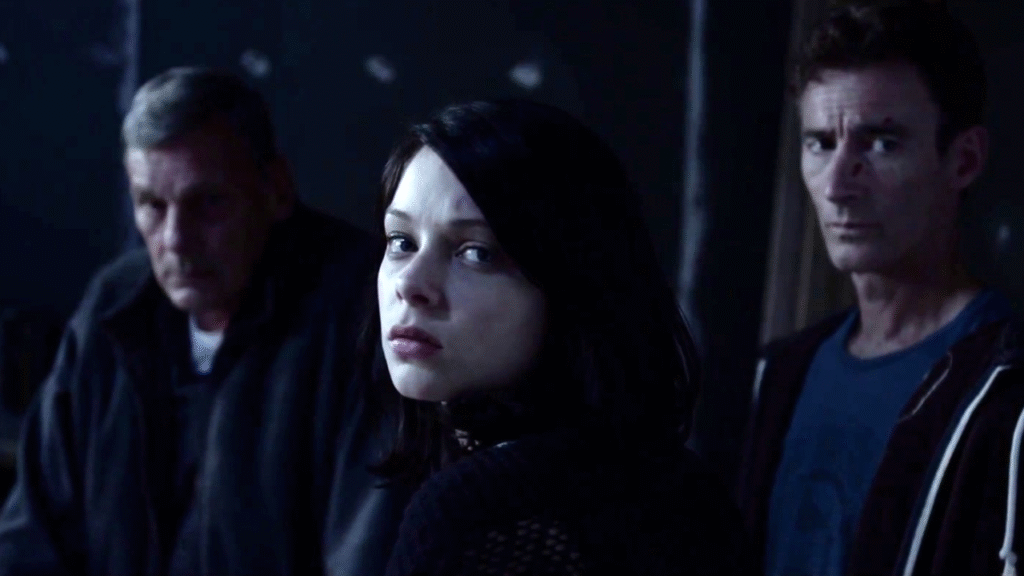
Set in the desolate farmlands of New Zealand, the film opens with breathtaking restraint. Empty hallways breathe with unseen presence, walls seem to sigh, and the wind hums a note too low for comfort. Into this loneliness step three ghost investigators — Scott (Jed Brophy), Liam (Jeffrey Thomas), and Holly (Laura Petersen). Their mission: to prove or disprove the haunting that drove a family from their home.
Director Jason Stutter crafts horror with precision rather than excess. Every sound, every flicker of light carries weight. The farmhouse is shot like a living organism — its creaks, shadows, and shifting doors forming a language of unease. There’s no orchestra of jump scares here; only dread, building like static under the skin.

The performances root the supernatural in humanity. Brophy’s nervous energy, Thomas’s calm skepticism, and Petersen’s quiet intuition play beautifully off one another. Together they form not just a team, but a cross-section of belief — fear, logic, and empathy colliding in the dark.
What makes The Dead Room remarkable is its discipline. It trusts the audience to listen. Long takes linger in stillness, inviting the imagination to fill in what the camera dares not show. When the entity finally reveals itself — through motion, not manifestation — the payoff is chilling precisely because it feels earned.
The sound design is the true star. Low frequencies throb through the walls, footsteps move where no one stands, and the air itself becomes part of the terror. It’s minimalist horror at its most effective — an experience that demands you lean in closer just when you should be stepping back.
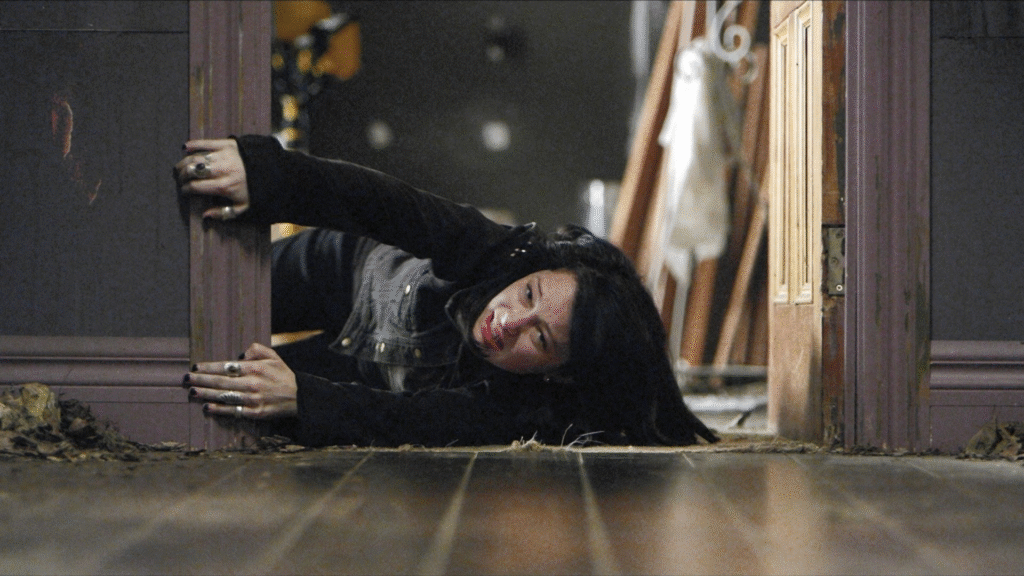
There’s also a quiet poetry beneath the fear. The film hints that ghosts aren’t always vengeful — sometimes they’re territorial, confused, or simply unwilling to let go. The investigators don’t just uncover the haunting; they awaken it. The farmhouse doesn’t punish them — it reacts to them, like a mirror made of grief.
The climax erupts in chaos yet remains grounded in the film’s tone — a brief storm of violence framed not as spectacle but inevitability. The ending, ambiguous and quietly tragic, lingers long after the credits.
The Dead Room understands that true horror isn’t about what you see — it’s about what you almost see, what you sense breathing just out of frame. It’s patient, intelligent, and haunting in the truest sense of the word.
💬 Film Verdict:
⭐ 8/10 — Taut, eerie, and beautifully restrained, The Dead Room proves that true horror needs only a dark room… and what hides inside it. 🕯️🌫️
